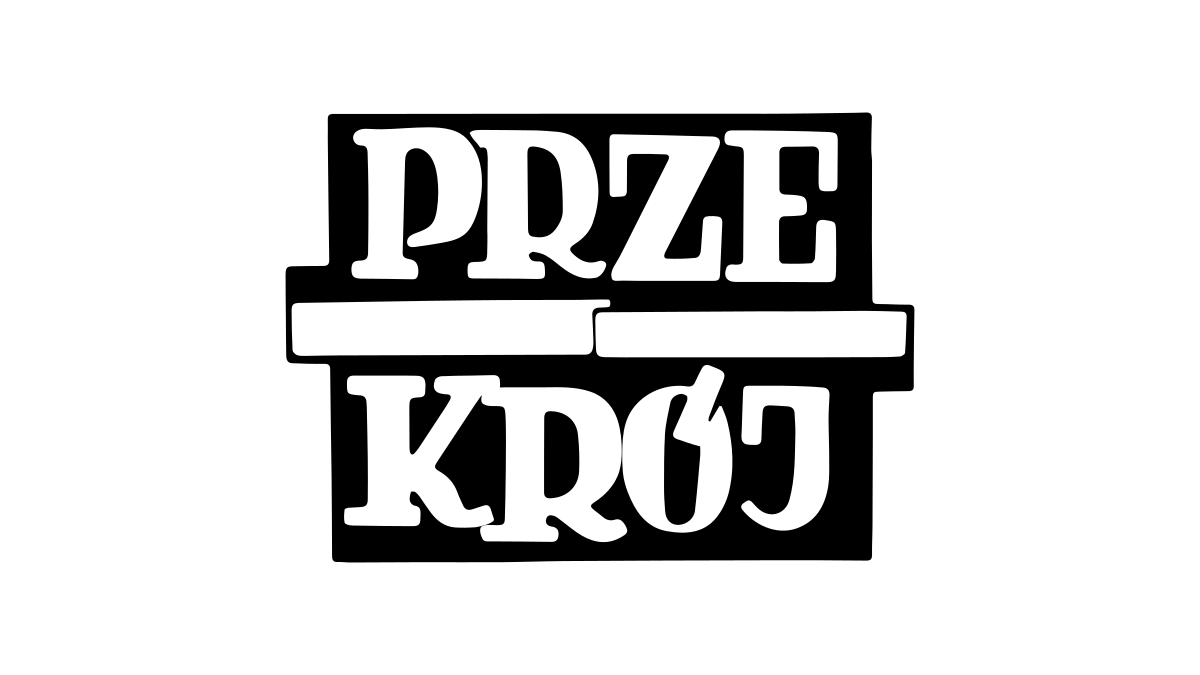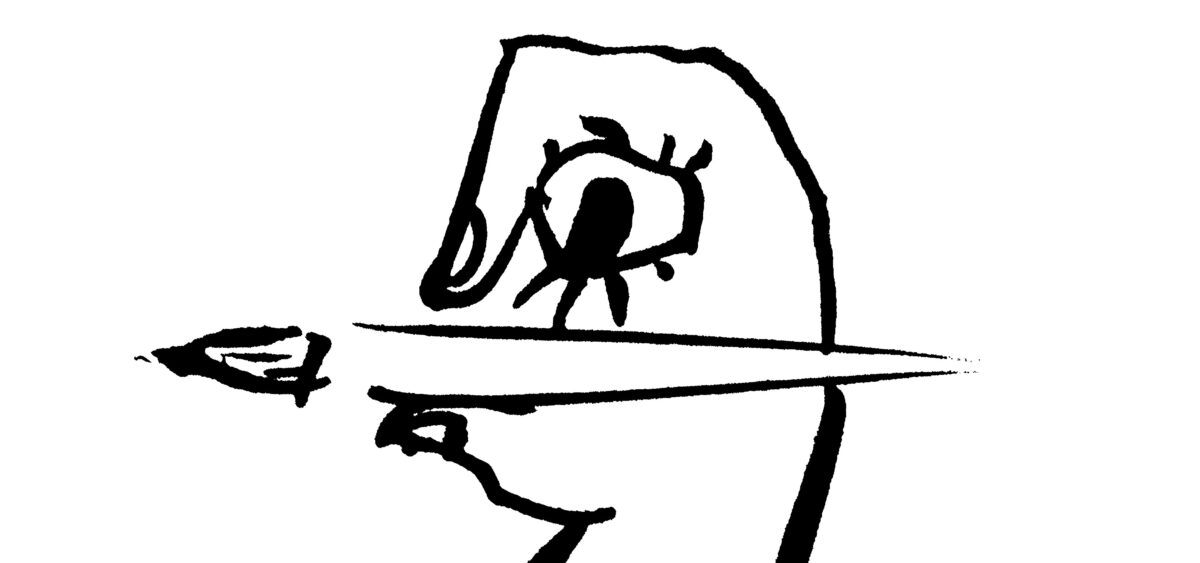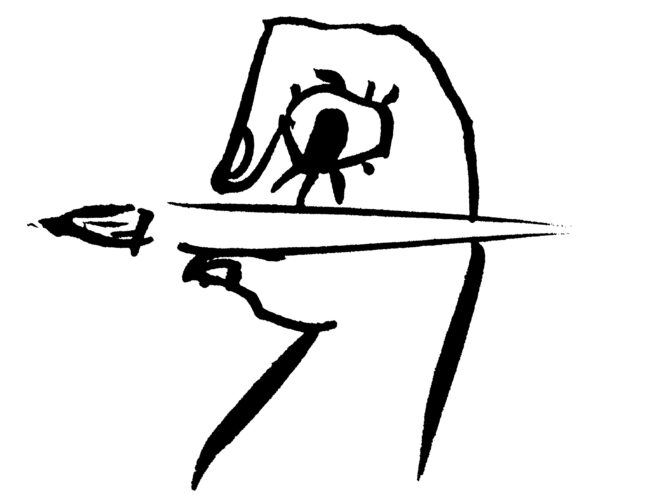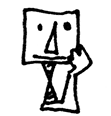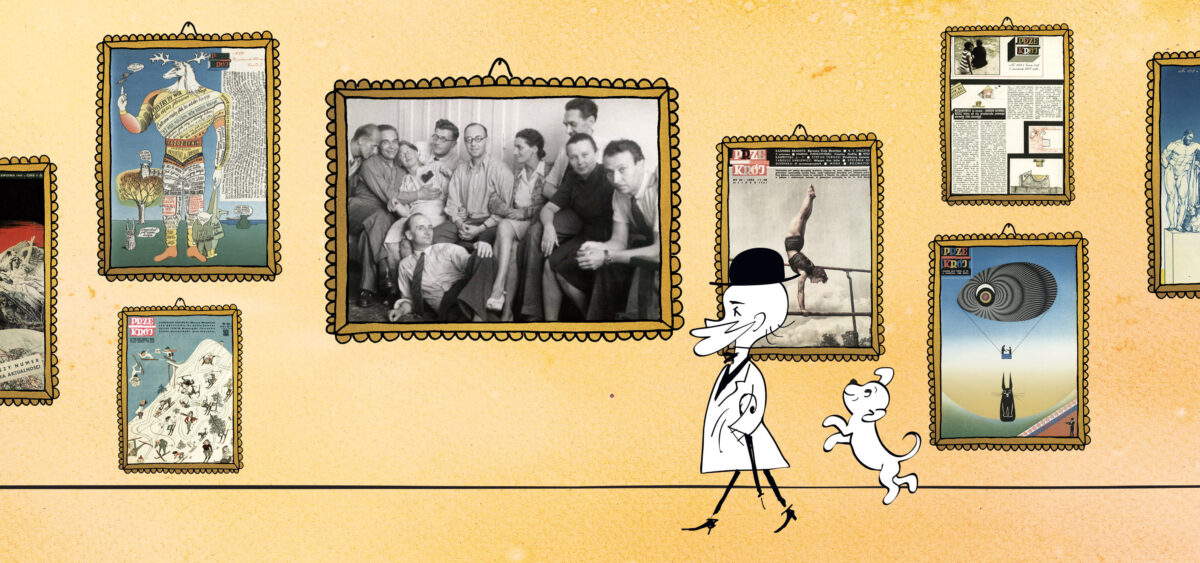
More-or-less at the same time as the invention of the wheel, a second, perhaps even better, idea was born: writing things down.
In the beginning there was the picture, or, as writing scholars would say, the pictogram. A hand, a tree, a plow, an eye, a bird, the sun, water (indicated by two waves, one on top of the other). Simple rebuses were made out of individual symbols: mouth plus bread equals food. Pictograms and rebuses made it easier to trade, keep track of things, count. Yet over time, pictograms and rebuses were not enough. In the second half of the fourth millennium BCE in Sumerian country, at the delta of the Euphrates and the Tigris (later lands of southern Mesopotamia, and presently Iraq), a cuneiform system of wedges emerged—signs somewhat similar to nails or the letter “T,” drawn or carved (or simply pressed) in clay with a reed stylus. A combination of three vertical and four horizontal “nails” represented a head, four slanted ones were barley, and to depict bread, you would carve three “nails” standing on a fourth. Written symbols transformed to become increasingly abstract. After two thousand more years, around 2800 BCE, it became possible to record the sounds of human speech.
The Sumerians are widely considered to have invented writing. Though their system never transformed into a true alphabet, it was still a watershed phenomenon, marking the boundary between prehistory and antiquity. With one reservation: it could soon turn out that the first-place prize . . . may not go to them.
“Up until now, it was widely believed that the Sumerians were first. Yet in the light of recent archaeological research and discoveries, especially from the Egyptian tomb of U-j in Abydos, these theories have been cast into doubt. There remains little proof, and not everyone is convinced, but it looks as though the Egyptians may have been a bit quicker,” says Dominika Kossowska-Janik, curator of Warsaw’s Asia and Pacific Museum, and an expert in the history of writing. “It is not only the time
